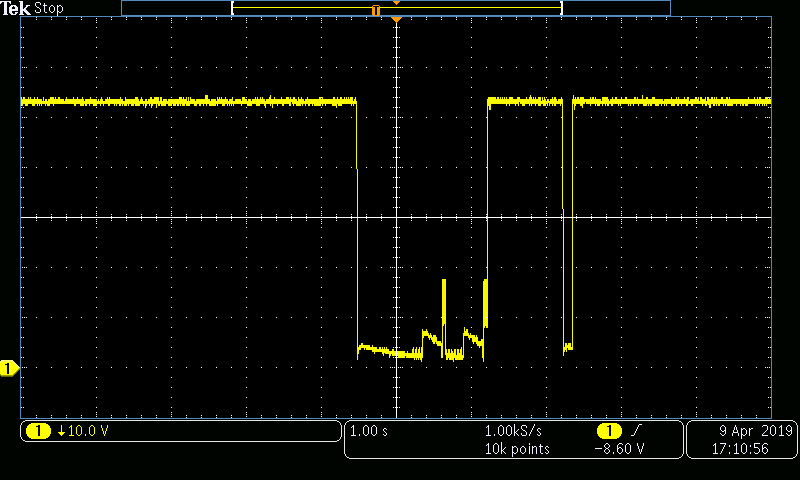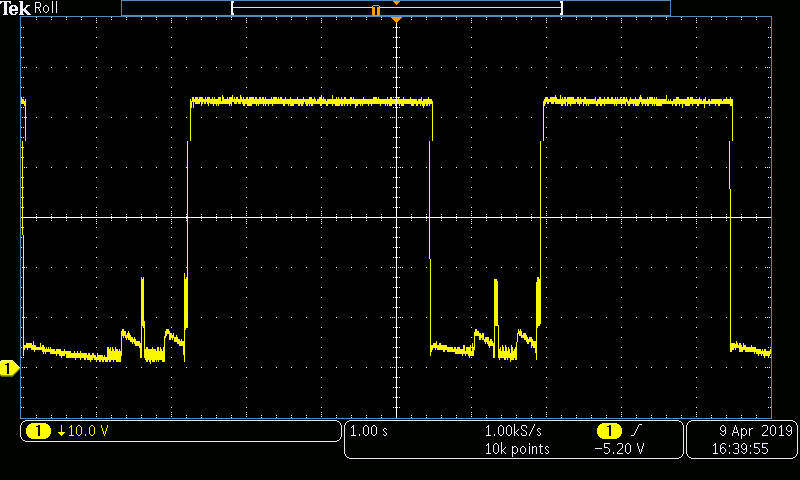As we are using this TPS23754PWPR in the POE PD side. As we used, both of the Network switch and AP (designed with TPS23754PWPR) are supports PoE+ (Type 2 at). But, in some of the times PoE (type 1 at(af) ) only detected on the both of the Network switch and AP.
So that, I want to know the any fail rate (non detection of PoE+ (two event hardware detection) in PD side/PSE Side.
If any tested fail rate there, please update. otherwise looking for a theoritical fail rate for this device



